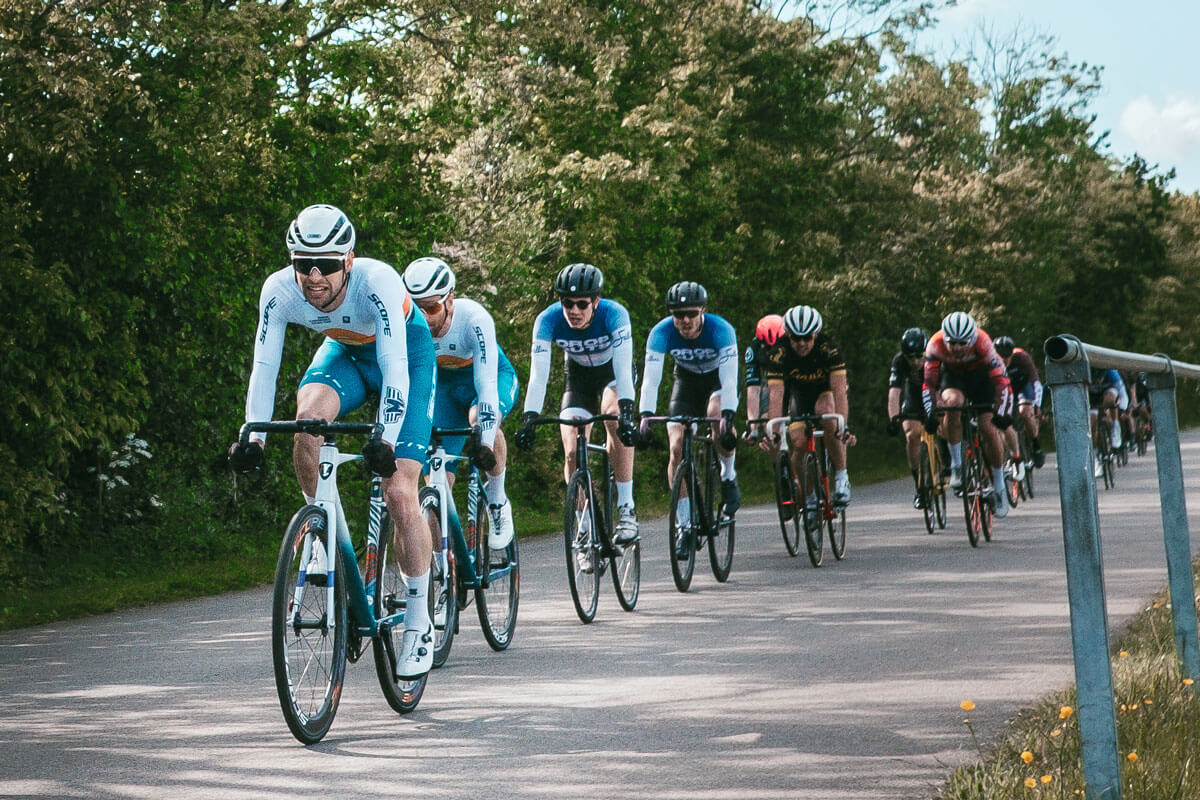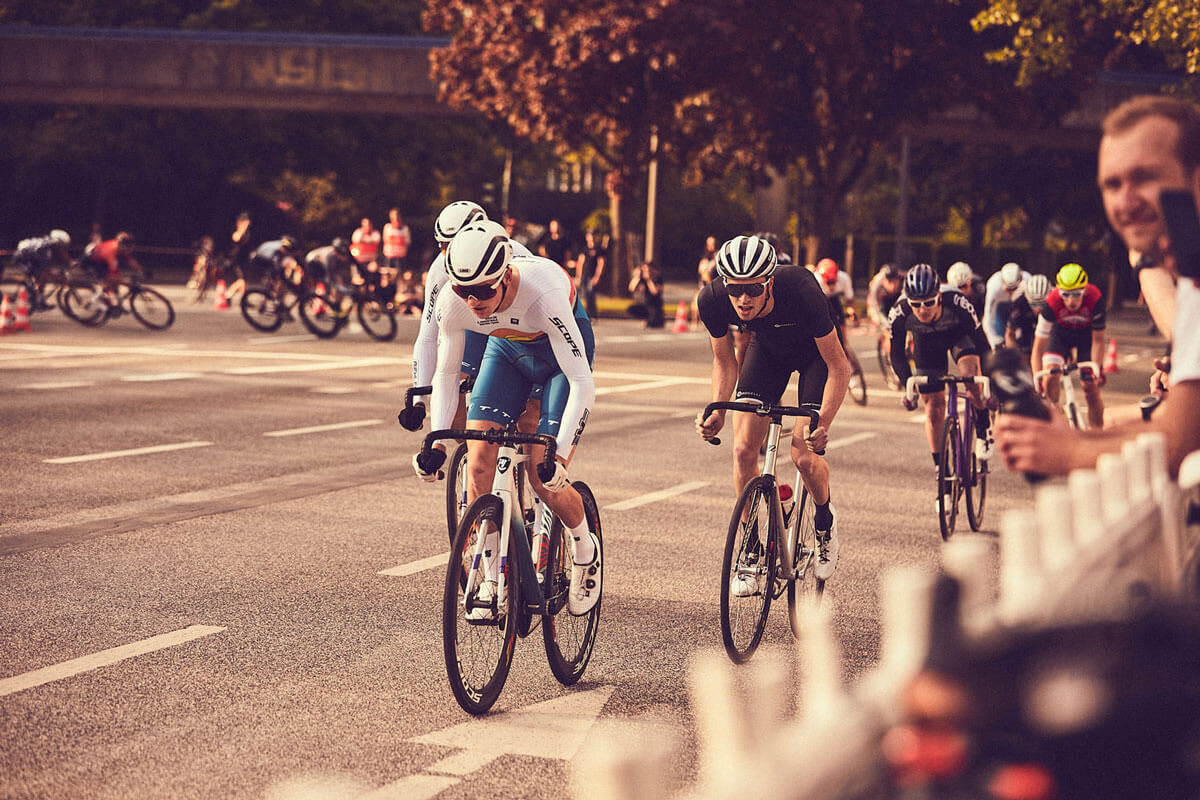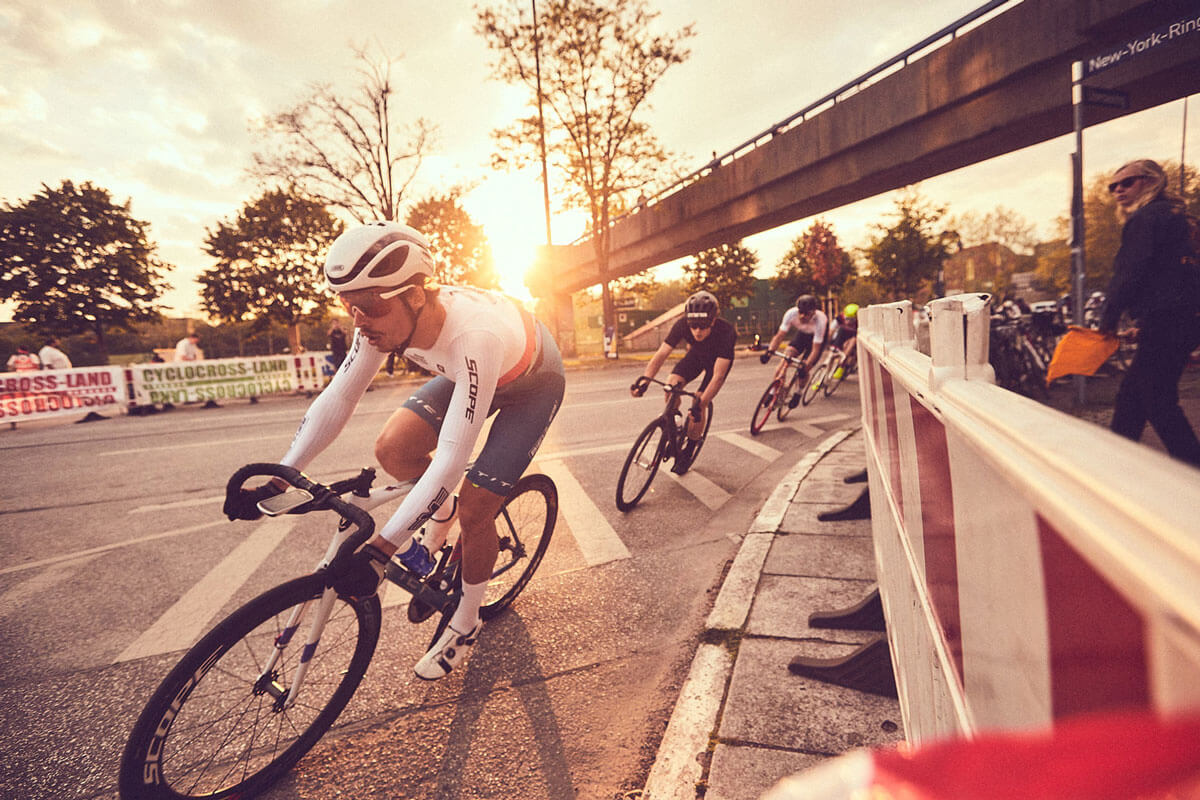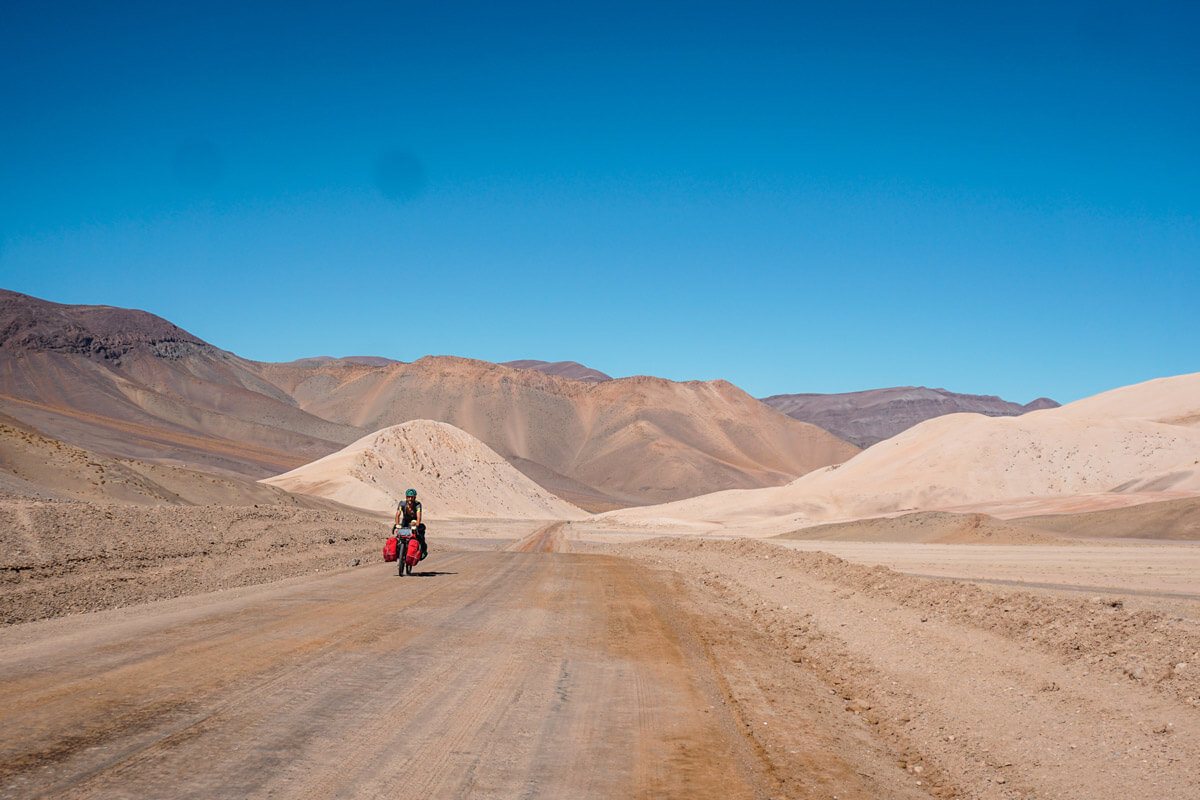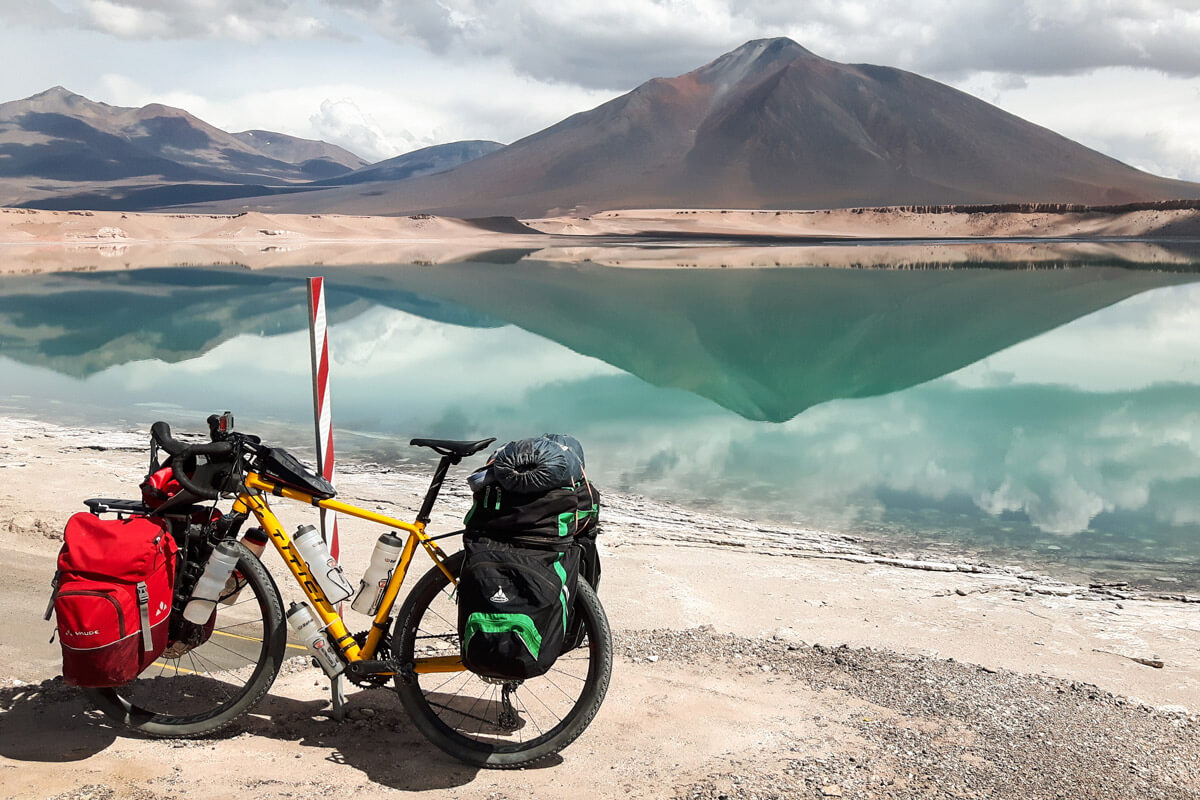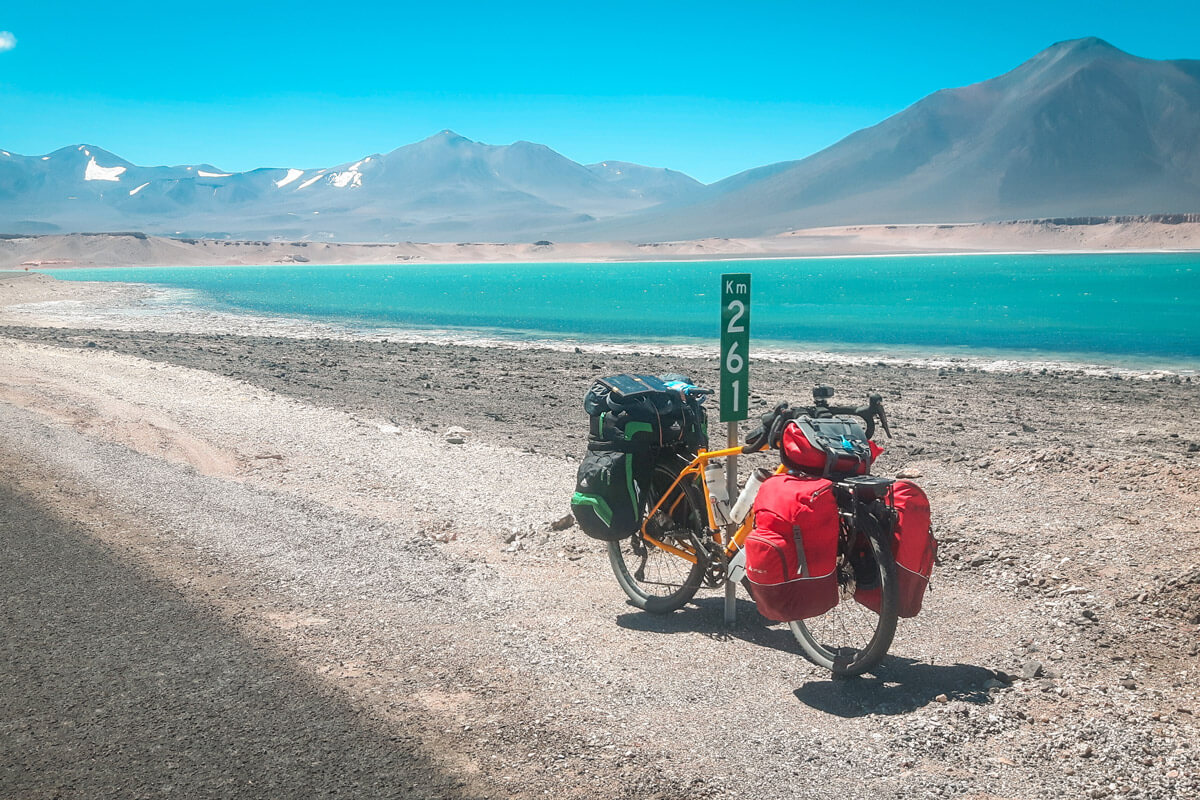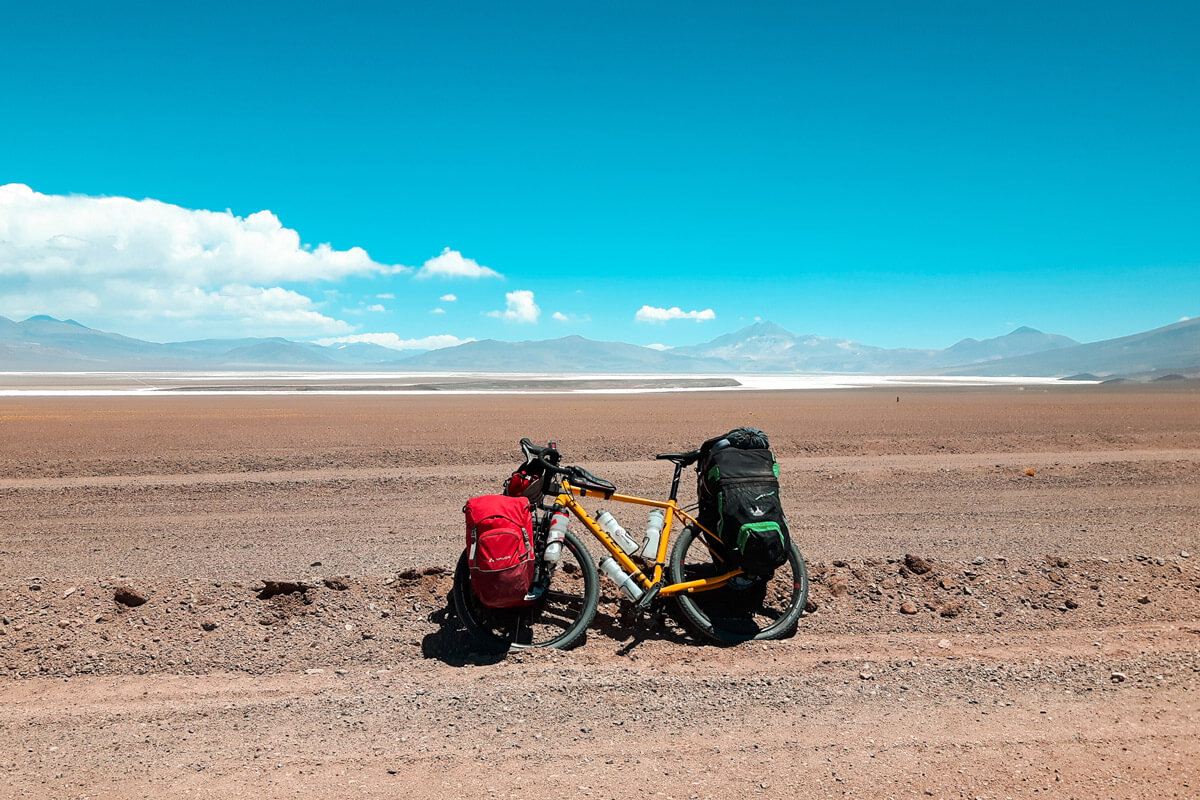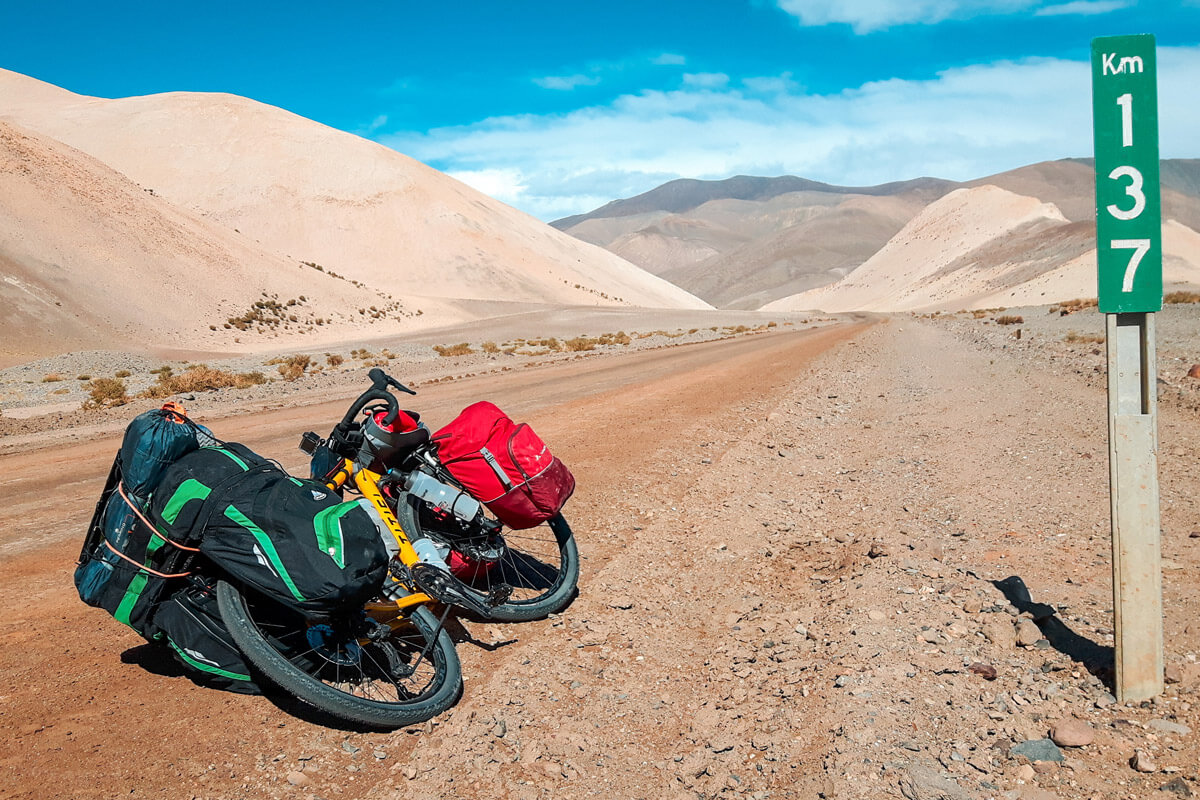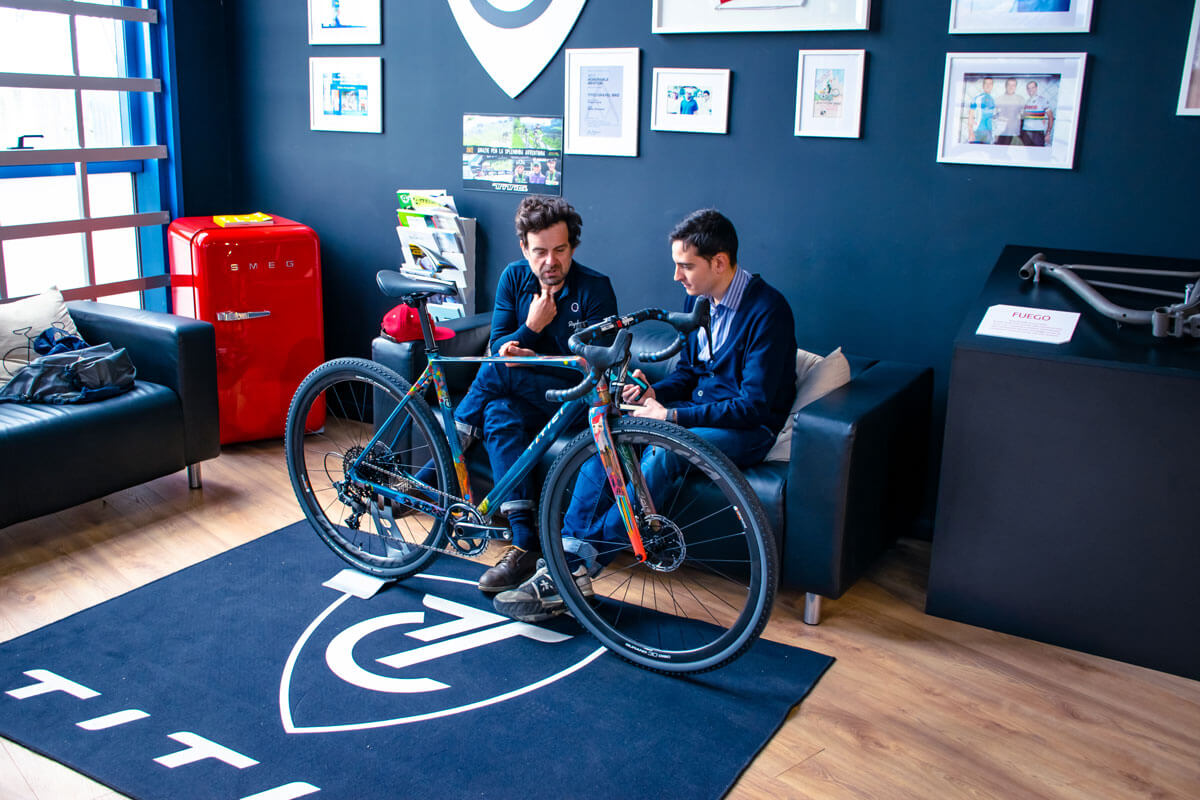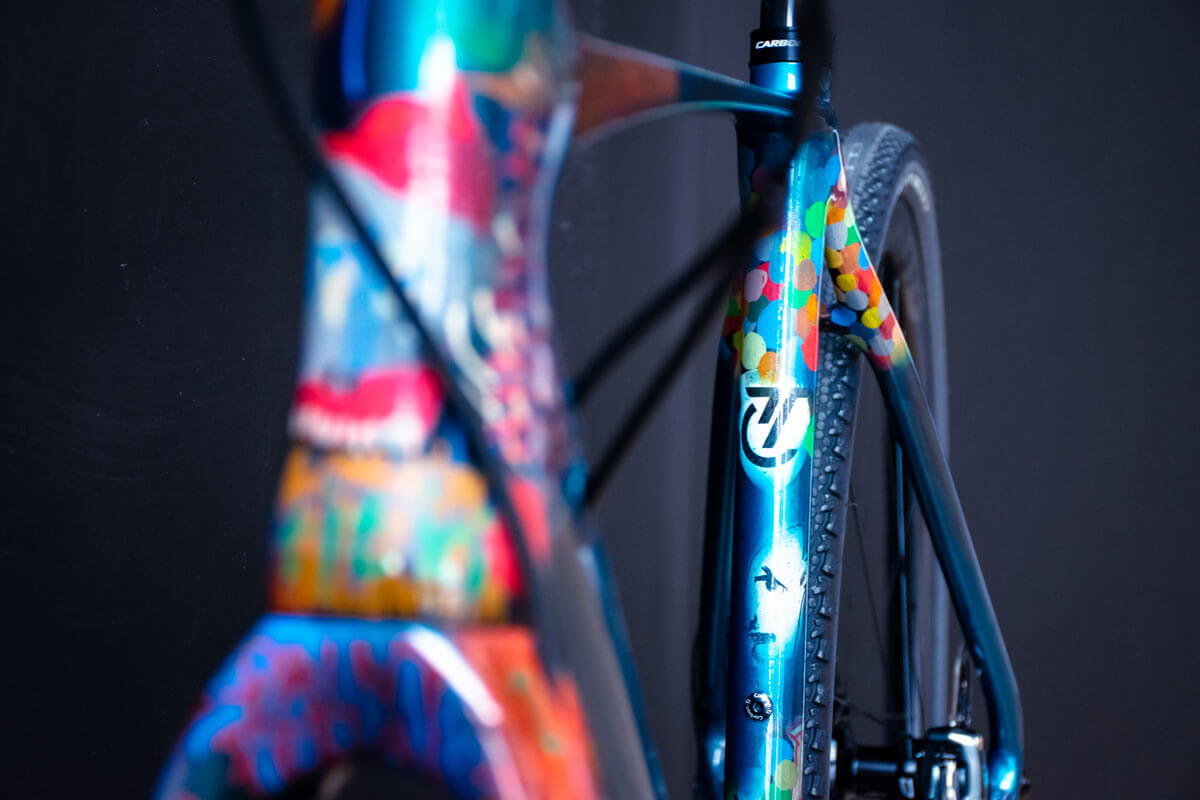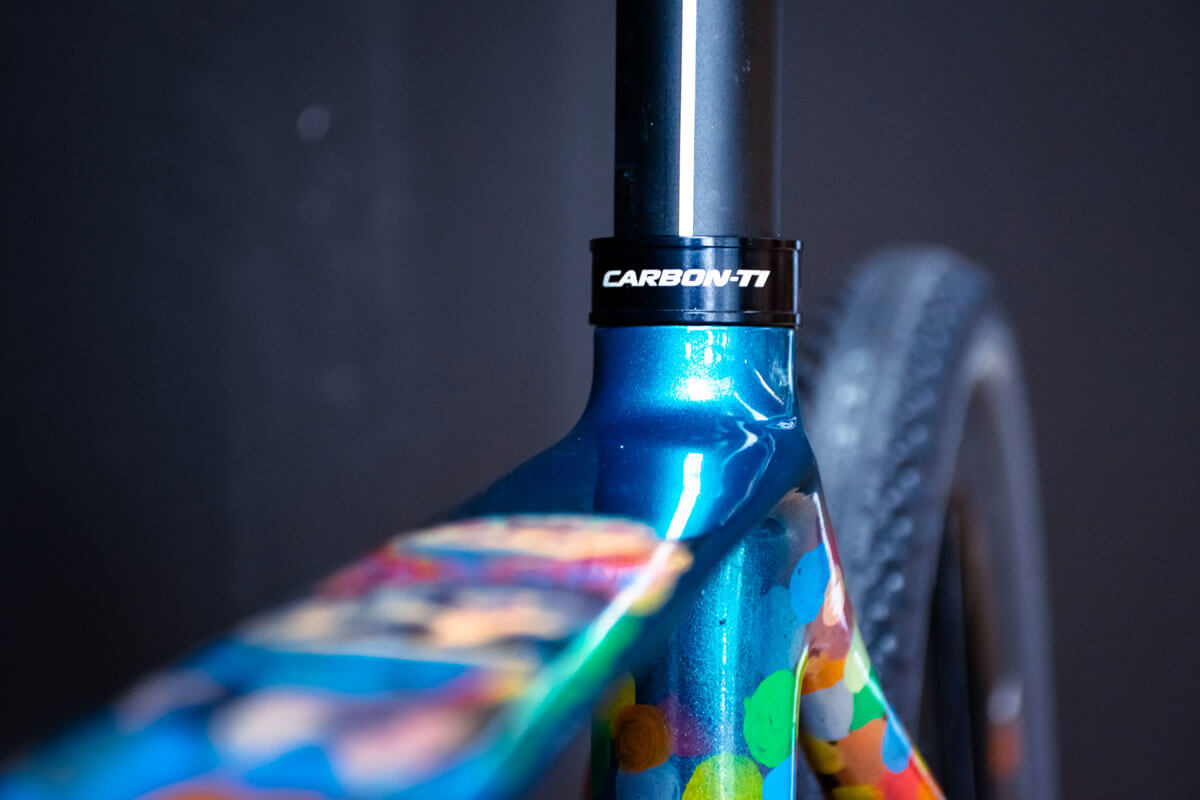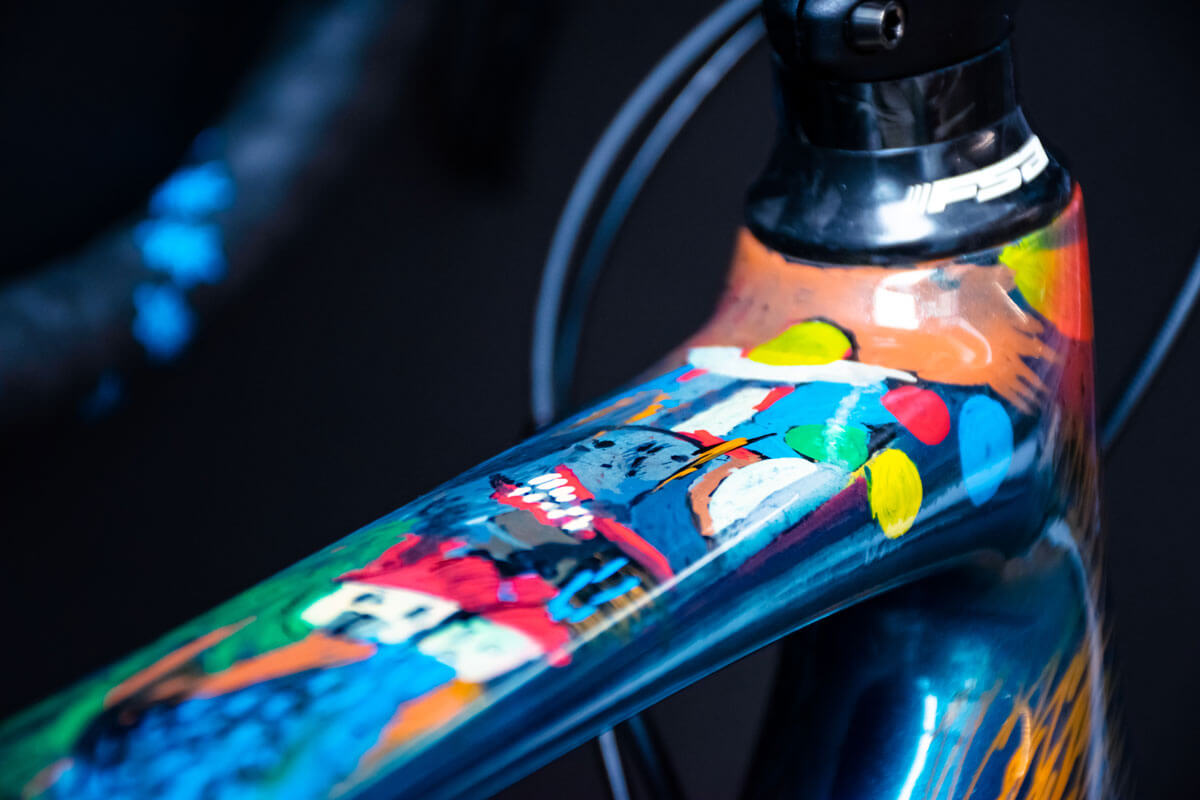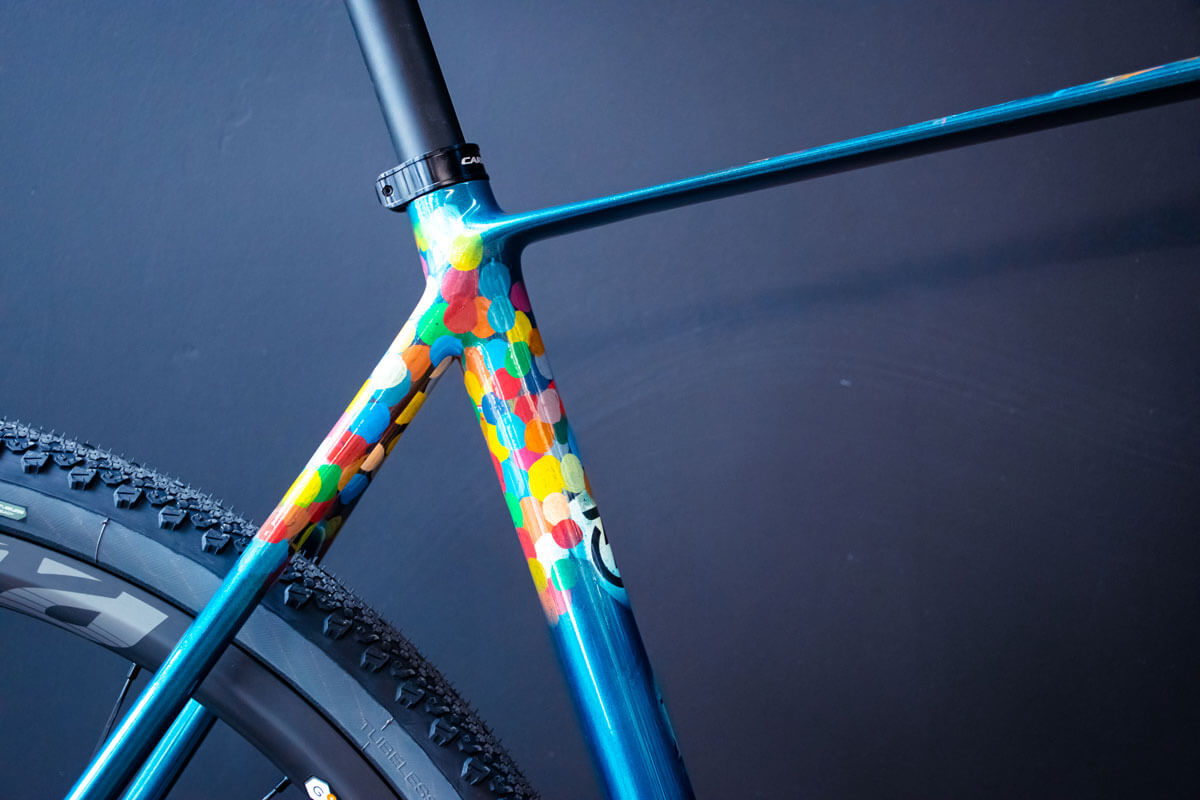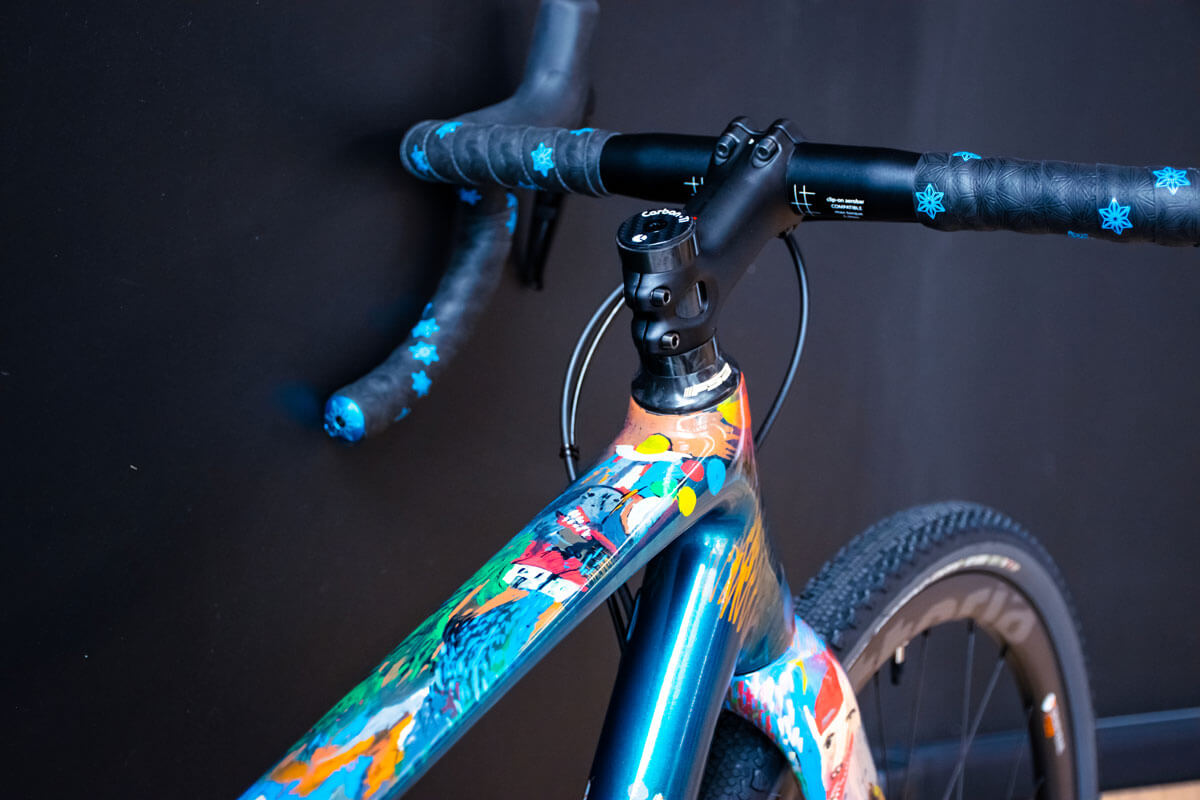Biehler x il magistrale racing team
Rotterdam, The Netherlands
best replica watchescheckdig this
Rotterdam, The Netherlands
We are Biehler x Il Magistrale Racing Team, a young, talented, very ambitious and social team of fixed gear riders. We pride ourselves on being real team players, both on and off the bike. Together within the squad but also with our teams partners. The team was established at the end of 2015, with the NL Crit Series as our main proving ground. Over the past 4 years the team has grown and developed to become a major player in the international fixed gear scene. With race wins at the biggest international races and a domination of the NL Crit Series in 2018.
Why did you choose Titici:
Why did you choose Titici:
Incredible handling and stiffness made our choice for riding Titici pretty easy! Titici made it possible for us to ride our fixed gear dream bike. Together we created the best geometry for each of our riders. We really like the feel of the top tube, it gives us the perfect control in high speed corners on street circuits. This is the perfect bike for us and feels like a tailored suit every time we ride on it!

The A-GR01 on the worlds tallest volcano
On the Ojos del Salado, you can touch the sky with your hands, after feasting your eyes on the marvels of untainted nature: salt flats, lagunas, flamingos. And it was here, on the world’s tallest active volcano (6,891m), on the border between Chile and Argentina, that Mirco Robaldo undertook his latest adventure on the TITICI A-GR01.
Mirco, 48, is the Travel&Mountain specialist, part of the management at Editoriale Domus Advertising, the publisher that’s also behind magazines such as Meridiani, Meridiani Montagne, Meridiani Cammini and the website montagna.tv. A true fanatic of mountain sports and cyclotourism, he chose our aluminium gravel bike to take on 360km across the Atacama desert, setting off from Caldera, a city on the Chilean Pacific coast to reach the small unmanned Murray refuge (4,550m above sea level). From there, he set off on foot to reach the volcano’s spectacular summit. His adventure began on 21 December and, accompanied by a couple of friends, he reached the summit of the Ojos del Salado on 2 January.
Exhausting?
“It was a challenging journey, but not awful. The torrid heat of the Atacama desert, one of the world’s driest, caught us off guard and forced us to cycle for an extra day, and to reprogramme our travelling time. The steep inclines put us to the test, too. On the bike, we totalled 5600m of elevation gain.”
Exhausting?
Talk us through your itinerary.
“We left from Caldera, on the shores of the Pacific Ocean, and after five days we arrived at the first base camp at Laguna Verde, 4,300m above sea level. We stayed here to acclimatise for three days before getting back on the bikes and heading to the Atacama Camp 5,240m above sea level. However, the route was impassable this year due to excess sand. That’s why we left the bikes at the Murray refuge and continued on foot. Unfortunately, Marco and Grazia – my two adventure companions – were unable to reach the summit and stopped at 6,500m of altitude.”
Talk us through your itinerary.
How did you find the TITICI A-GR01?
“This was my first trip riding the TITICI A-GR01. I really liked it. I appreciated the versatility of its set-up. I reduced the stem length so I could sit more upright, and chose 47mm tyres and suspension forks to increase my comfort and avoid putting strain on the joints on the gravel sections. I also found the A-GR01 extremely easy to take apart and reassemble, a process that’s vital for transporting a bike by plane but that can often be long and complicated.”


How did you find the TITICI A-GR01?
Why did you choose an aluminium frame?
“Because it’s perfect for long adventures: it’s robust and easy to repair if anything goes wrong.”
How did you get set up for carrying equipment?
“A local company transported food and water to the two camps, Laguna Verde and Atacama. I took everything else with me on the bike: technical kit, walking boots, tent, sleeping bag, roll mat, down jacket for high altitudes, food and water. Basically, everything needed for a 14-day journey in the middle of nowhere. I wore basic trail running shoes for cycling with flat pedals, so that I didn’t have to take an extra pair of shoes specific to cycling. To carry everything, I attached a Thule universal rack to the front forks for carrying panniers. The bike is already set up for mounting rear racks, where I attached a Tubus rack. Both at the front and at the back I used Vaude bags and, finally, I attached a lighter bag to the handlebars. For water, in addition to two standard bottles, I added three bottle cages: one underneath the frame and two at the forks. This allowed me to carry five litres of water, although I still had to ask for more from the few cars that passed me on the way as, in the heat, I drank so much.”
Did you do the return journey on bikes, too?
“Our adventure was an independent journey in a place where there was very little – not even water for showering – where you had to make your own food, and put up and take down your own tent for sleeping. We did that for 14 days and after the summit we were so exhausted – especially mentally – that when two Chilean mountaineers we met on the way up offered us a lift, we accepted it. We loaded everything into their pick-up truck and went back to civilisation for a nice restorative shower.”
Why did you choose an aluminium frame?
“Because it’s perfect for long adventures: it’s robust and easy to repair if anything goes wrong.”
How did you get set up for carrying equipment?
“A local company transported food and water to the two camps, Laguna Verde and Atacama. I took everything else with me on the bike: technical kit, walking boots, tent, sleeping bag, roll mat, down jacket for high altitudes, food and water. Basically, everything needed for a 14-day journey in the middle of nowhere. I wore basic trail running shoes for cycling with flat pedals, so that I didn’t have to take an extra pair of shoes specific to cycling. To carry everything, I attached a Thule universal rack to the front forks for carrying panniers. The bike is already set up for mounting rear racks, where I attached a Tubus rack. Both at the front and at the back I used Vaude bags and, finally, I attached a lighter bag to the handlebars. For water, in addition to two standard bottles, I added three bottle cages: one underneath the frame and two at the forks. This allowed me to carry five litres of water, although I still had to ask for more from the few cars that passed me on the way as, in the heat, I drank so much.”
Did you do the return journey on bikes, too?
“Our adventure was an independent journey in a place where there was very little – not even water for showering – where you had to make your own food, and put up and take down your own tent for sleeping. We did that for 14 days and after the summit we were so exhausted – especially mentally – that when two Chilean mountaineers we met on the way up offered us a lift, we accepted it. We loaded everything into their pick-up truck and went back to civilisation for a nice restorative shower.”
Why did you choose an aluminium frame?
“Because it’s perfect for long adventures: it’s robust and easy to repair if anything goes wrong.”
Why did you choose an aluminium frame?
How did you get set up for carrying equipment?
“A local company transported food and water to the two camps, Laguna Verde and Atacama. I took everything else with me on the bike: technical kit, walking boots, tent, sleeping bag, roll mat, down jacket for high altitudes, food and water. Basically, everything needed for a 14-day journey in the middle of nowhere. I wore basic trail running shoes for cycling with flat pedals, so that I didn’t have to take an extra pair of shoes specific to cycling. To carry everything, I attached a Thule universal rack to the front forks for carrying panniers. The bike is already set up for mounting rear racks, where I attached a Tubus rack. Both at the front and at the back I used Vaude bags and, finally, I attached a lighter bag to the handlebars. For water, in addition to two standard bottles, I added three bottle cages: one underneath the frame and two at the forks. This allowed me to carry five litres of water, although I still had to ask for more from the few cars that passed me on the way as, in the heat, I drank so much.”
official websitebkw-fw.de
How did you get set up for carrying equipment?
Did you do the return journey on bikes, too?
“Our adventure was an independent journey in a place where there was very little – not even water for showering – where you had to make your own food, and put up and take down your own tent for sleeping. We did that for 14 days and after the summit we were so exhausted – especially mentally – that when two Chilean mountaineers we met on the way up offered us a lift, we accepted it. We loaded everything into their pick-up truck and went back to civilisation for a nice restorative shower.”
Did you do the return journey on bikes, too?
Luca Di Maggio
“You see that fine, elegant top tube – totally flat – and immediately realise you have in your hands the perfect surface for creating art.” Luca Di Maggio, a.k.a. Mr. Di Maggio, is a street artist in Milan and the face of the creative urban culture blossoming in cities around the world. His acrylic characters can be seen along the streets of Tel Aviv, among Brooklyn’s rooftops, on Milan’s crumbling walls, and on shutters and billboards.
Bringing them to life on a Flexy Gravel’s carbon frame was the beginning of a friendship that has drawn us into the world of metropolitan art. The custom frame became his canvas. With markers and spray paint, Mr. Di Maggio has transformed a Titici bike into something even more unique: a moving work of art. The artist himself spends hours pedalling down streets around the world on his masterpiece.
How would you define your art?
“My creations are diaries, representations of a life that falls somewhere between dreams and reality. They’re a form of therapy that I perform on myself. My father was a judge, I studied law but then realised it wasn’t for me. I worked as a graphic designer, but felt the draw of physical shapes. Painting vast walls is an essential physical outlet for me.”
How would you define your art?
Just like cycling, which is a recurring theme in your work.
“Cycling is like painting: a relaxing way to blow off steam. Cycling and cyclists are a source of continuous inspiration, because each trip is a metaphor for life itself: you encounter difficult roads and endless climbs, but when you reach the top, the view is incredible. Cycling teaches us that all our efforts will be rewarded.”
Just like cycling, which is a recurring theme in your work.
Where did this “feeling” for Titici come from?
“I experienced immediate empathy with the brand and the people who work there. I’m an avid supporter of Made in Italy and Titici is one of the strongest examples of it in cycling. I have never had a carbon bike. The amazing shapes of the Flexy Gravel caught my attention right away. When I saw it I thought: it’s the perfect canvas.”


What did you choose to depict on the frame of your Flexy Gravel?
“It’s a representation of my personal experience, into which I have woven some general themes such as life and death. On the top tube and forks, I’ve painted my dog, who has been living with me for 17 years: we’ve grown old together. Then, I recreated my travels on the bike. There are trees because I’m a devoted environmentalist. I also drew my dad, who I lost some time ago, and the Pale di San Martino mountains where he took us on holiday: I like the idea of seeing his face as I ride. Down the seat tube I created a pattern made up of colourful balls. They look like sweets, to remind me to eat so I keep my energy up. Towards the hub you’ll see my classic faces, an element I’ve been creating for years, and scribbles, which I interpret as a symbol of freedom and allowing yourself to be carried by your emotions.”
Where did this “feeling” for Titici come from?
telefoonhoesje tasje_comweb link
What did you choose to depict on the frame of your Flexy Gravel?
Pale di San Martino
Happy with the result?
“It took me almost a month to do and it was tiring. There were times I wanted to give it all up. But I’m really happy with the result. I think this Flexy Gravel has a really smart appearance.”
Happy with the result?
When do you go out on your Titici?
“Almost all the time. I have chosen not to have a car, the Flexy Gravel is my companion everywhere I go: on road or on gravel. I do about 400 km every week.”
When do you go out on your Titici?
Knowing the urban environment so well, what do you think about cycling in cities?
“Bikes are becoming increasingly prominent, they’re taking over urban spaces. This looks like a positive change: I see more cyclists, more cycle lanes, more happy people.”
Knowing the urban environment so well, what do you think about cycling in cities?
At Titici, we’re proud of the chance we have to work with Mr. Di Maggio. This collaboration has brought together the art of making bikes and the art of painting, in a collective love for unique projects.

